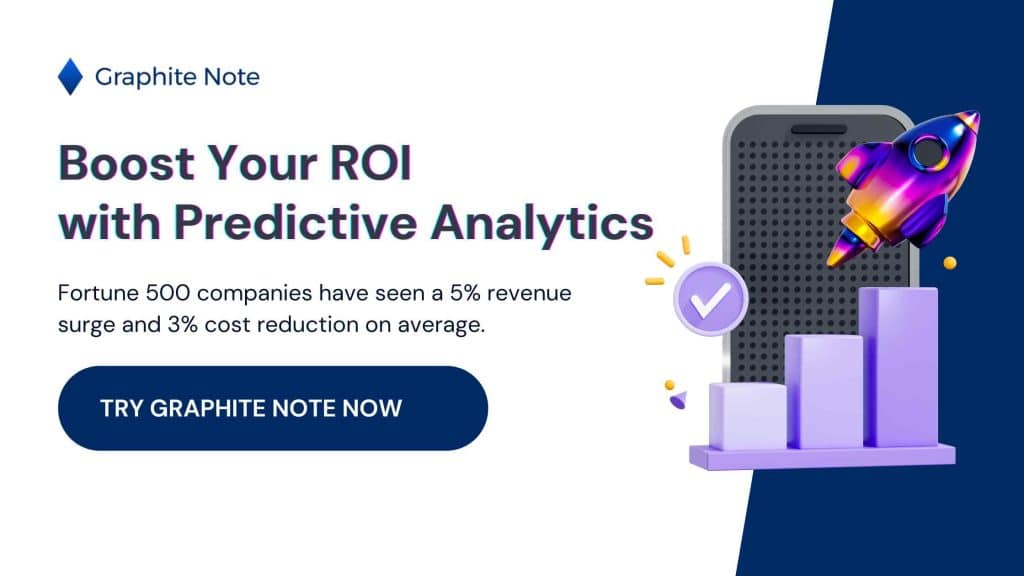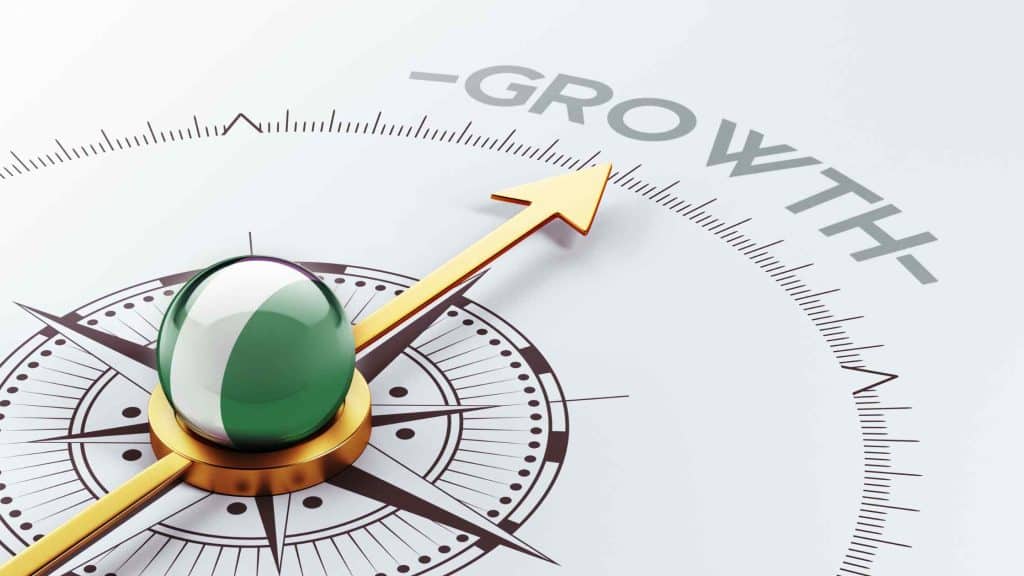Predictive analytics empowers you as a business owner to make data-driven decisions, which leads to increased revenue growth. Predictive analytics techniques and predictive modeling help you analyze large amounts of customer data to gain valuable insights and predictions. Here’s how predictive analytics can help drive revenue growth.
Identify Upselling and Cross-Selling Opportunities
One of the primary ways predictive analytics supports revenue growth is by identifying potential upselling or cross-selling opportunities. Predictive analytics models analyze historical data and purchase history. These predictive analytics capabilities enable you to determine which products or services are most likely to interest your customers based on regression models or classification models. You’re equipped to tailor your marketing efforts and sales strategies, increasing your chances of additional sales and revenue.
Personalize Your Marketing Campaigns
One of the best predictive analytics examples can be found in supporting marketing campaigns. Predictive analytics and prescriptive analytics help you personalize your marketing campaigns. Advanced data analytics help you understand customer preferences, demographics, and buying patterns. Using advanced analytics tools, you can create targeted and highly personalized marketing messages. This level of personalization enhances the customer experience and increases the likelihood of converting leads into paying customers, thus driving revenue growth. Predictive analytics helps you enhance your customer service, and predict potential future events or future outcomes for your marketing campaigns.
Optimize Your Pricing Strategies with Predictive Analytics Tools
Predictive analytics helps optimize your pricing strategies. Analyze your business analytics, market trends, competitor pricing, and customer demand. Using predictive analytics solutions, you can maximize revenue by determining optimal price points for your products or services through techniques like time series analysis or regression analysis. This helps you strike the right balance between attracting customers and generating profit. Your analytics are important in creating statistical modeling that can help you enhance your pricing strategies. Using statistical techniques can help you find the sweet spot for your product prices.
Enhance Your Strategic Decision Making with Predictive Models
Predictive analytics supports strategic decision-making. You can use predictive analytics models to forecast future market trends, customer demands, and competitive landscapes. Armed with this information, you can make informed decisions regarding product development, market expansion, and resource allocation. These strategic decisions, backed by predictive analytical capabilities, significantly impact revenue growth.
Improve Your Operational Efficiency
Predictive analytics can also improve operational efficiency. Analyzing data from various operational processes using data mining techniques, you can identify bottlenecks and streamline your operations. Techniques like neural networks empower your business to recognize patterns in operational data, enhancing overall productivity and reducing costs. Predictive analytics can improve your supply chain management too.
Steps in the Predictive Analytics Process
Implementing predictive analytics in your business involves several essential steps:
Monitor and Evaluate: Continuously assess effectiveness against key performance indicators (KPIs).
- Identify Your Business Goals and Objectives: Clearly define objectives regarding revenue growth with predictive analytics.
- Collect Relevant Data: Gather data sets from internal and external sources for analysis. The more big data you have, the better you can train your machine learning models. A wide range of data is available for business users – more than ever before – and you should use it to your advantage.
- Clean and Preprocess Data: Ensure accuracy in training data for effective modeling.
- Select the Right Predictive Analytics Tools: Choose tools that align with business needs for actionable insights.
- Train and Test Predictive Models: Develop models using statistical algorithms and refine them based on performance.
- Monitor and Evaluate: Continuously assess effectiveness against key performance indicators (KPIs).
Key Performance Indicators for Predictive Analytics
To measure the impact of predictive analytics on revenue growth, businesses should identify key performance indicators (KPIs) such as customer lifetime value and conversion rate. Regularly evaluating these KPIs helps businesses fine-tune their predictive models and yield continuous improvements in revenue growth through better business strategies.
Measuring the effectiveness of your predictive analytics initiatives requires identifying key performance indicators (KPIs) that align with your business goals. Some common KPIs for measuring the effect of predictive analytics on revenue growth include:
- Conversion rate
- Customer lifetime value
- Return on investment
- Customer retention rate
- Revenue growth rate
Interpreting the Results of Predictive Analytics
Interpreting the results of your predictive analytics initiatives is critical for making data-driven decisions. Analyze the findings, compare them to your business goals, and identify areas for improvement or optimization. By regularly evaluating and interpreting the results, you can fine-tune your predictive models and drive continuous revenue growth.
Overcoming Challenges
Implementing predictive analytics may come with challenges such as lack of quality data, unclear business objectives, and insufficient expertise. To overcome these obstacles, businesses should invest in data quality processes, clearly define objectives, and provide training or hire experts in predictive analytics. Implementing predictive analytics may present challenges such as inadequate data quality or lack of skilled data scientists. Organizations must invest in enhancing data quality processes, clarify objectives related to predictive modeling techniques, and provide training for effective use of predictive analytics tools.

Conclusion
Predictive analytics can significantly affect and support your revenue growth. Using data mining, machine learning models, and advanced analytical techniques, you can identify upselling opportunities, personalize marketing efforts, optimize pricing strategies, and enhance decision-making processes. As your journey with predictive analytics solutions grows, you are likely to see substantial improvements in your revenue generation capabilities. Using customer data, you can identify upselling opportunities, personalize marketing campaigns, optimize pricing strategies, and make informed strategic decisions.
Graphite Note is your go-to platform for no-code predictive analytics, designed for teams focused on growth. You don’t need AI expertise to take advantage of predictive analytics. Whether you’re an agency without a data science team or a data analyst looking to make precise business predictions, Graphite Note empowers you to turn complex data into decisive action plans in just a few clicks. Don’t miss the opportunity to see Graphite Note in action and discover how it can elevate your business decisions. Request a Demo today




